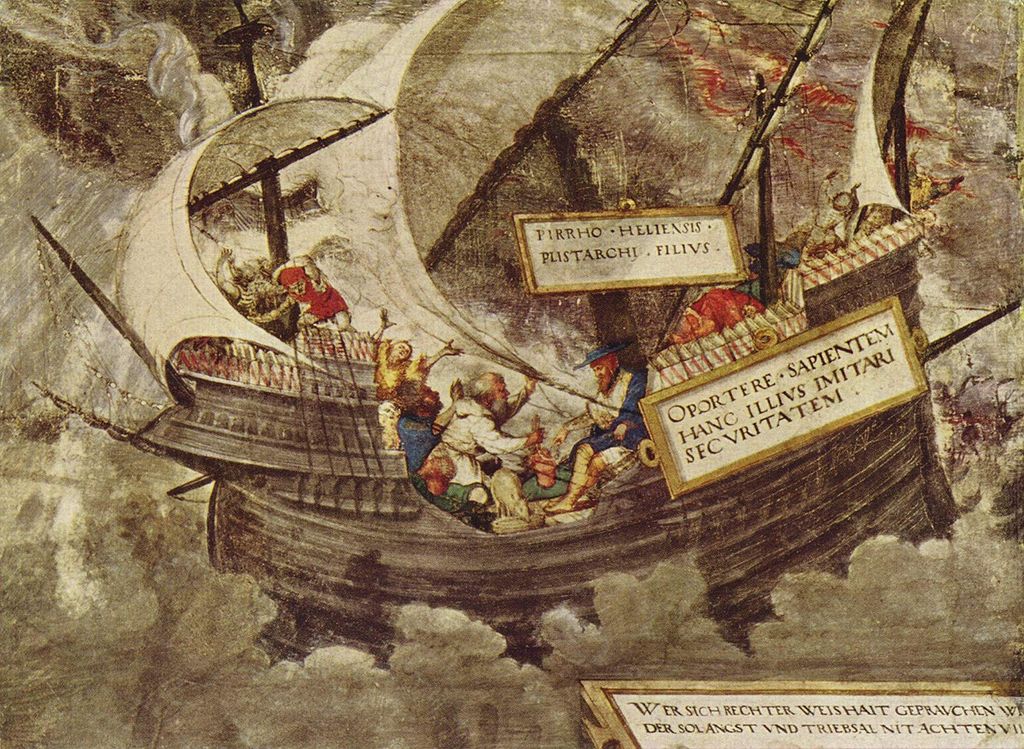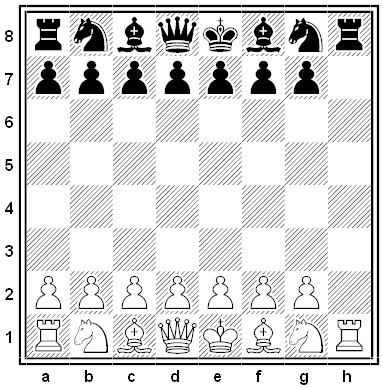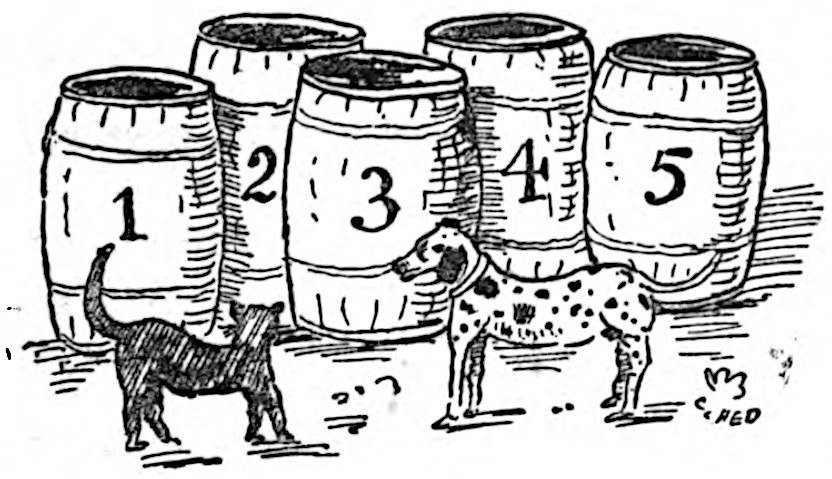Add the same three letters, in order, both before and after the following to make a familiar English word:
ERGRO
Add the same three letters, in order, both before and after the following to make a familiar English word:
ERGRO
A problem from the National Bank of New Zealand Competition 2000, via Crux Mathematicorum, November 2006:
Humanity is visited by three alien races, the Kweens, the Ozdaks, and the Merkuns. Kweens always speak the truth, and Ozdaks always lie. In any group of aliens, a Merkun never speaks first; when it does speak, it tells the truth if the previous statement was a lie and lies if the previous statement was truthful. The three alien races can tell one another apart, but to humans they all look the same. A delegation of three aliens visits Earth. At least one of them is a Kween. When they arrive they make the following statements, in order:
First alien: The second alien is a Merkun.
Second alien: The third alien is not a Merkun.
Third alien: The first alien is a Merkun.
Which aliens can we be sure are Kweens?
Three photographers and three cannibals come to a river. The boat can carry only two people at a time. The cannibals will eat any group of photographers that they outnumber (on either side of the river). How can all six people safely cross the river?
Suppose a 5 × 9 rectangle is partitioned into a set of 10 rectangles with integer dimensions. How can we prove that some two of these smaller rectangles are congruent?

Pyrrho the philosopher being one day in a boat in a very great tempest, shewed to those he saw the most affrighted about him, and encouraged them, by the example of a hog that was there, nothing at all concerned at the storm. Shall we then dare to say that this advantage of reason, of which we so much boast, and upon the account of which we think ourselves masters and emperors over the rest of all creation, was given us for a torment? To what end serves the knowledge of things if it renders us more unmanly? if we thereby lose the tranquillity and repose we should enjoy without it? and if it put us into a worse condition than Pyrrho’s hog? Shall we employ the understanding that was conferred upon us for our greatest good to our own ruin; setting ourselves against the design of nature and the universal order of things, which intend that every one should make use of the faculties, members, and means he has to his own best advantage?
— Montaigne, “That the Relish for Good and Evil Depends in Great Measure Upon the Opinion We Have of Them,” 1580
A puzzle by Mel Stover:

Move the minus sign to make an expression equivalent to nine fifty.
(If you sense a trick, you’re right.)

By Éric Angelini. A regular chess game reached this position after Black’s fifth move. Four pieces have moved. Which ones?
There are 12 people in a room. Some always tell the truth, and the rest always lie.
#1 says, “None of us is honest.”
#2 says, “There is not more than 1 honest person here.”
#3 says, “There are not more than 2 honest people here.”
#4 says, “There are not more than 3 honest people here.”
#5 says, “There are not more than 4 honest people here.”
#6 says, “There are not more than 5 honest people here.”
#7 says, “There are not more than 6 honest people here.”
#8 says, “There are not more than 7 honest people here.”
#9 says, “There are not more than 8 honest people here.”
#10 says, “There are not more than 9 honest people here.”
#11 says, “There are not more than 10 honest people here.”
#12 says, “There are not more than 11 honest people here.”
How many honest people are in the room?

A puzzle by Henry Dudeney:
‘There’s a mouse in one of these barrels,’ said the dog.
‘Which barrel?’ asked the cat.
‘Why, the five-hundredth barrel.’
‘What do you mean by the five-hundredth? There are only five barrels in all.’
‘It’s the five-hundredth if you count backwards and forwards in this way.’
And the dog explained that you count like this:
1 2 3 4 5 9 8 7 6 10 11 12 13So that the seventh barrel would be the one marked 3 and the twelfth barrel the one numbered 4.
‘That will take some time,’ said the cat, and she began a laborious count. Several times she made a slip, and had to begin again.
‘Rats!’ exclaimed the dog. ‘Hurry up or you will be too late!’
‘Confound you! You’ve put me out again, and I must make a fresh start.’
Meanwhile the mouse, overhearing the conversation, was working madly at enlarging a hole, and just succeeded in escaping as the cat leapt into the correct barrel.
‘I knew you would lose it,’ said the dog. ‘Your education has been sadly neglected. A certain amount of arithmetic is necessary to every cat, as it is to every dog. Bless me! Even some snakes are adders!’
Now, which was the five-hundredth barrel? Can you find a quick way of arriving at the answer without making the actual count?
A problem by Russian mathematician Vyacheslav Proizvolov:
At a party each girl danced with three boys, and each boy danced with three girls. Prove that the number of girls at the party was equal to the number of boys.